
In-flight Wi-Fi is now a standard feature for both commercial and private aviation travel. Nearly all commercial aircraft will soon have access to low latency, high-speed satellite technology helping passengers stay connected during the flight. Furthermore, flight crews will rely solely on wireless devices which will reduce the need for inundated cabling and decrease the overall weight of the aircraft allowing for longer flights, improved performance, and additional cargo space.

Banks and other financial institutions are investing in artificial intelligence (AI) to better accommodate their clients and transition their service structure to user-friendly formats. To insure their data is secure, companies are employing the most sophisticated network security tools necessary to defend and secure both clients and their transactions. With the rise in crypto currencies, “blockchain technology” will rely heavily on data intensive processes and communications tools.

Substantial growth in global power requirements has pressured utility companies to cultivate energy faster and more efficiently. Smart Grid technology has enabled providers to reduce power outages and maximize customer service offerings over a wider geographical landscape. Smart meters provide time critical information for both consumers as well as the electricity suppliers. Users are now able to monitor billing in real-time and change usage behavior to reduce consumption.
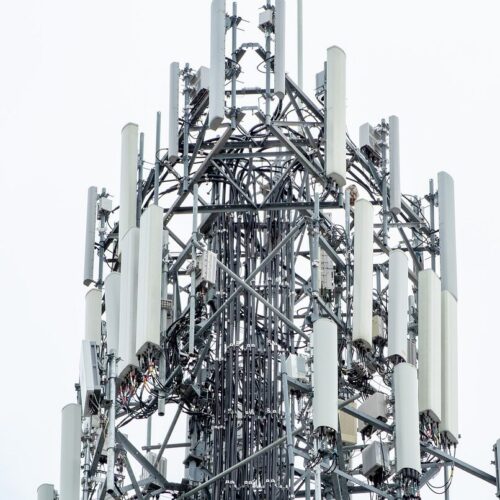
The growth and evolution of the telecom industry include unprecedented transmission rates and access in both wireless and fiber home deployments. These networks are powered by 5G wireless towers and mission-critical data centers. High-speed reliable access is finally being achieved to some of the most rural and remote communities via satellite-based internet technologies.
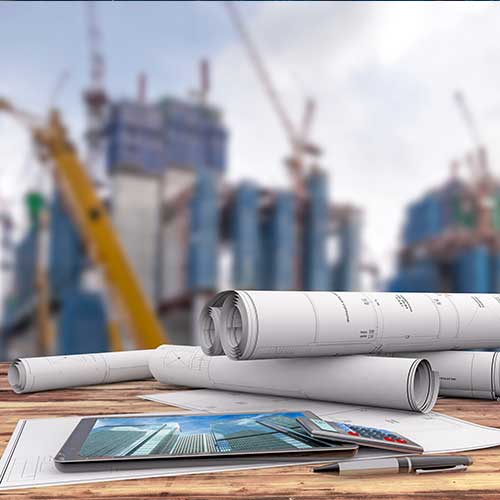
With the continued rise in residential and commercial development, the need for engineered solutions for communications is a paramount consideration in project planning. Indoor/Outdoor cellular coverage can impact property values and deter tenants. Implementing critical network elements to structures prior to construction can allow for cost-effective, low-intensive service solutions. Additionally, repurposed or renovated buildings without structured cabling now have alternative options to quickly deploy triple-play services via fiber optics.
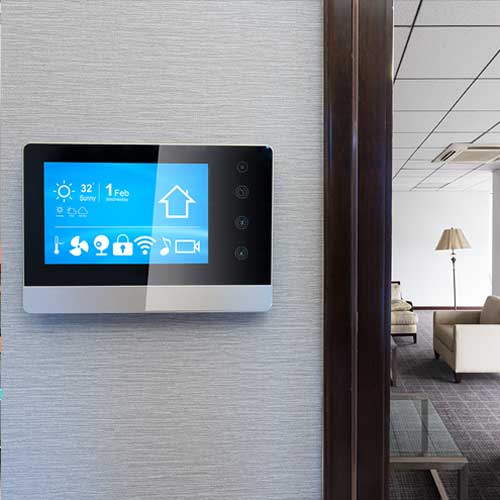
Homes are now “smart” and residents are increasingly reliant on their own private networks to operate a magnitude of interconnected devices. Integrated technologies include: home security, appliances, entertainment, climate control, and lighting. Users are now requiring more features from their smart phones to manage, configure, and monitor their home network.

With the continued rise in residential and commercial development, the need for engineered solutions for communications is a paramount consideration in project planning. Indoor/Outdoor cellular coverage can impact property values and deter tenants. Implementing critical network elements to structures prior to construction can allow for cost-effective, low-intensive service solutions. Additionally, repurposed or renovated buildings without structured cabling now have alternative options to quickly deploy triple-play services via fiber optics.
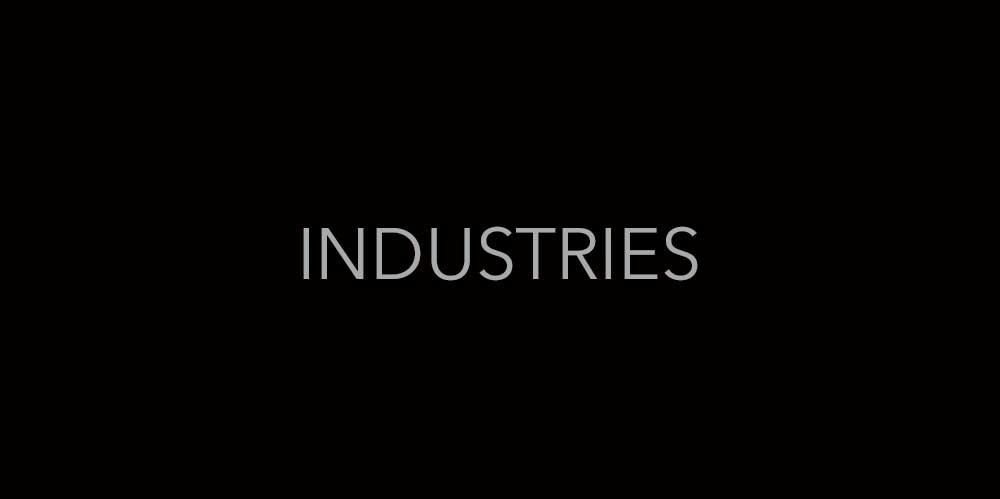

Homes are now “smart” and residents are increasingly reliant on their own private networks to operate a magnitude of interconnected devices. Integrated technologies include: home security, appliances, entertainment, climate control, and lighting. Users are now requiring more features from their smart phones to manage, configure, and monitor their home network.

Recreational and non-recreational marine sectors are adopting communications solutions in their watercraft for safer navigation. Cruise fleets are now offering passengers high-speed internet and wide area coverage for Wi-Fi. Cargo freighters are employing tracking beacons to their shipping containers, providing real-time information such as: location, temperature, and anti-tampering notification. Smaller vessels can relay tracking in the event of emergency and design chart maps to avoid novice mistakes such as misdirection.
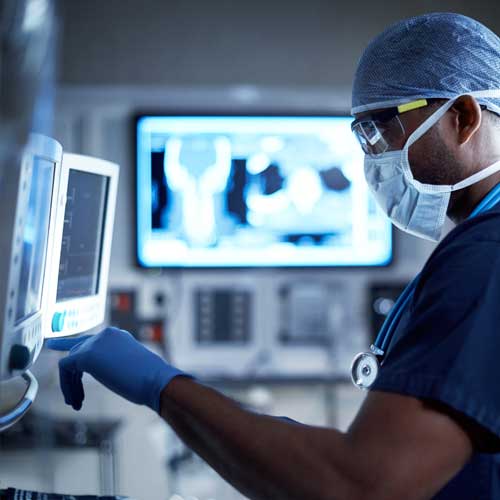
Innovation in healthcare has allowed physicians to connect with their patients in unimaginable ways. Wearable consumer electronic devices such as ‘smart watches’ now serve as a convergence of fashion and healthcare. More frequent engagement with doctors is possible through web-based or remote telemedicine. Medical devices now feature robust software combined with nanotechnology, to offer less evasive surgical/treatment options. Big data is helping fast-track genetic mapping and advance medical research to discover new cures.

The rise in E-Commerce has sparked a resurgence in the supply chain industry as distribution centers and warehouses become retail nucleuses. Such facilities rely on robust communications tools that integrate with an array of third-party platforms. Manufacturing facilities are now reliant on robotic solutions on their production lines, built on efficiency and precision. Facilities can now scale, change, and accommodate based on work flows and customer demand. Seasonal production lines can forecast best practices to insure maximum profitability around peak seasons.

Across municipalities nationwide, solutions are being designed and deployed to make communities safer. Network security cameras and robust monitoring software allow for ‘real time’ proactive policing. Safe-Cities allow first responders to navigate traffic obstacles and provide aide faster. New developments within digital forensics have created tools to prevent future crime and help prosecute suspected criminal activities. Safety alerts can be implanted throughout a geographic area to forecast weather changes or help identify missing persons.
